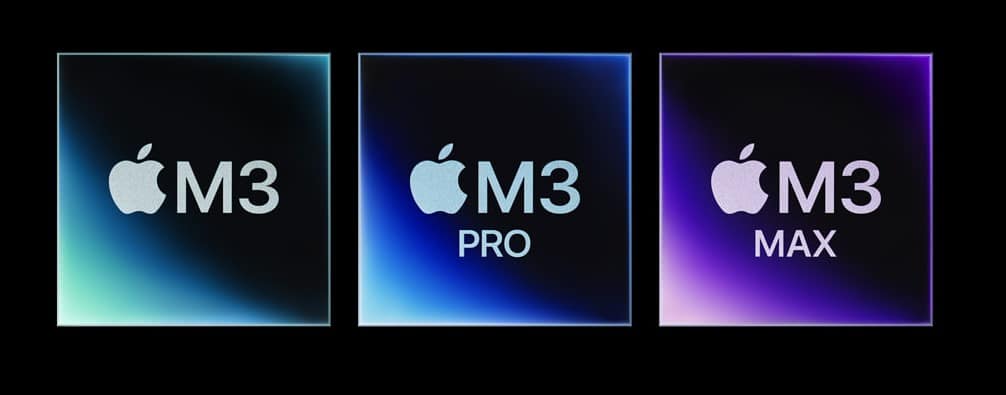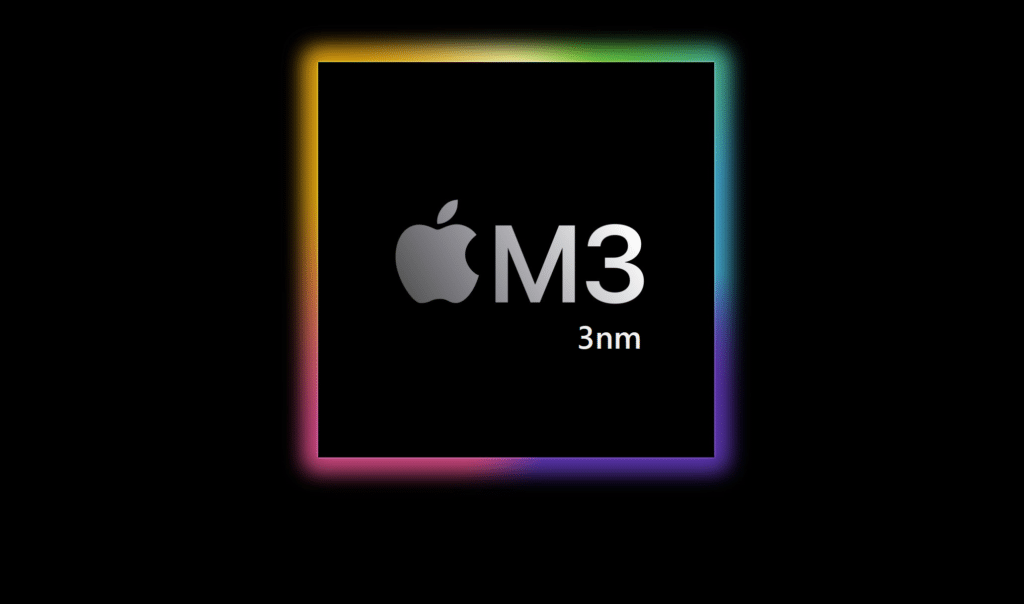In the fast-paced world of technology, Apple has consistently pushed the boundaries of innovation with its cutting-edge hardware and software solutions. With the recent introduction of their own custom-designed processors for Macs, Apple has taken control of their chipsets, allowing them to optimize performance, power efficiency, and integration. In this article, we will delve into the details of Apple’s M3 CPUs, exploring their specifications, the benefits they offer, and the impact they have on the Mac ecosystem.
Apple’s journey into designing their own processors began with the introduction of the M1 chip, which marked a significant shift away from Intel CPUs. The M1 showcased Apple’s commitment to creating a seamless integration between hardware and software, resulting in improved performance and power efficiency. Building on the success of the M1, Apple has set its sights on the next iteration: the M3.
The M3 CPUs are expected to feature enhanced performance and efficiency, leveraging Apple’s deep understanding of their own software ecosystem. These processors will likely integrate advanced technologies and optimizations, taking full advantage of Apple’s control over both the hardware and software aspects of their devices.
Apple’s custom-designed CPUs have consistently impressed users with their impressive performance capabilities. The M3 CPUs are expected to build upon this foundation, offering even more power and efficiency. With advanced architecture and optimized cores, the M3 CPUs will likely deliver faster processing speeds and improved multitasking capabilities. Furthermore, the M3 CPUs are anticipated to feature enhanced graphics performance, enabling smoother rendering, improved gaming experiences, and more efficient video editing capabilities. The integration of dedicated machine learning accelerators is also expected, enabling faster and more efficient AI-related tasks.

One of the standout features of Apple’s custom-designed processors is their power efficiency. The M3 CPUs are expected to continue this trend, offering improved performance per watt compared to their predecessors. By designing the CPU architecture from the ground up, Apple can optimize power consumption and reduce heat generation, resulting in longer battery life for Mac devices. The M3 CPUs may also integrate advanced power management features, allowing for dynamic power allocation based on workload requirements. This intelligent power management will ensure that the CPU operates at optimal performance levels while minimizing power consumption during lighter tasks.
Apple’s shift to custom-designed processors has brought about a new level of integration and compatibility within the Mac ecosystem. The M3 CPUs will likely continue this trend, seamlessly integrating with macOS and Apple’s software ecosystem. This tight integration enables a smooth user experience, improved app performance, and enhanced security features. Additionally, the M3 CPUs are expected to offer compatibility with existing Mac applications through Apple’s Rosetta technology. This ensures that users can continue to use their favorite apps while developers transition to native support for the new architecture.
The introduction of the M3 CPUs represents a significant milestone in Apple’s journey towards complete control over their hardware and software ecosystem. With each iteration, Apple’s custom-designed processors push the boundaries of performance, efficiency, and integration. The M3 CPUs will likely pave the way for even more powerful and efficient Mac devices, further solidifying Apple’s position as a leader in the industry.
Apple’s M3 CPUs are set to redefine power and efficiency in the Mac ecosystem. With their custom-designed architecture, optimized performance, and enhanced power efficiency, these processors will likely deliver a remarkable user experience. As Apple continues to innovate and evolve their chipsets, we can expect even more exciting advancements that will shape the future of computing.





